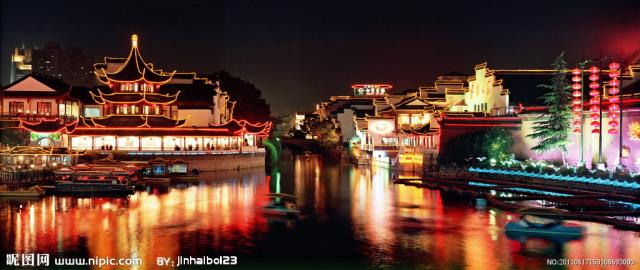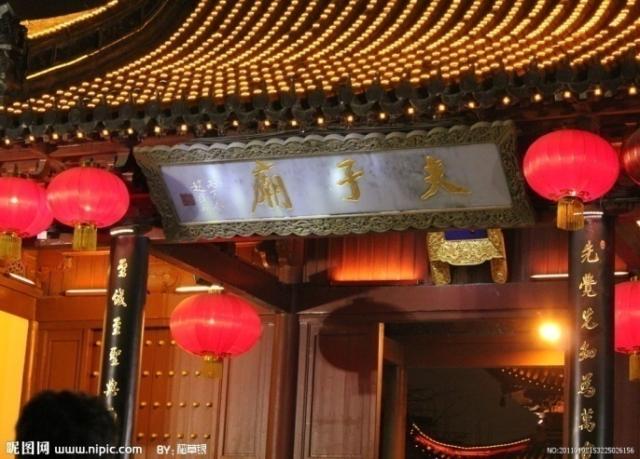How to reach Nanjing
Nanjing Lukou International Airport services 54 domestic cities and 20 international cities including direct flights from Hong Kong, Seoul, Tokyo, Singapore and Frankfurt, and connecting flights from New York via Beijing, and Los Angeles via Anchorage. The airport is located approximately 35 km from downtown Nanjing which can be conveniently reached by taxior shuttle bus. The metro line will be available by 2014.
The trip from Nanjing Lukou International Airport to downtown takes around 45minutes. The airport shuttle bus is 20RMB/person, and the terminal station is Nanjing Railway Station, where you can easily take he subway (line 1 and 2), bus or taxi to other destinations. Taxi fee from Lukou airport to Nanjing downtown areas (i.e. Nanjing Railway Station) is around 93RMB. (Taxi fee in Nanjing: starting fare 9RMB/3 km and 2RMB gasoline surcharge, 2.4RMB/km after 3 km)
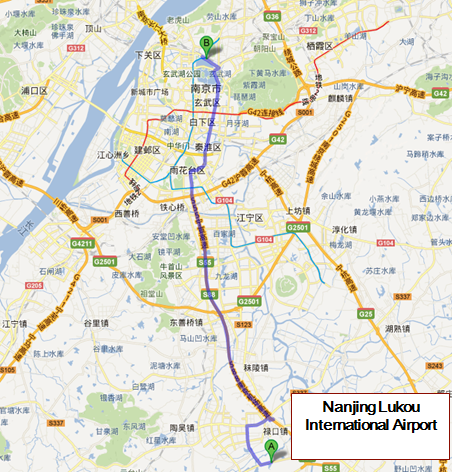

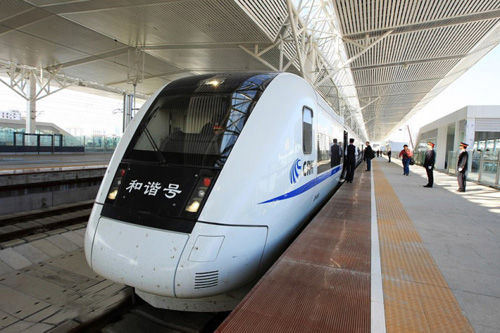
Alternatively, international delegates may arrive in Shanghai Pudong International Airport and transit to Nanjing via air or high speed rail (China Harmonious train). Shanghai to Nanjing by train is around 1.5 hours, and the train arrives from Shanghai to Nanjing every 10 minutes. Train fare is 140RMB second class, 220RMB first class. International delegates transiting through Shanghai may choose to organize a pre- or post-conference tour of Shanghai, China’s largest modern city with over 23 million residents.
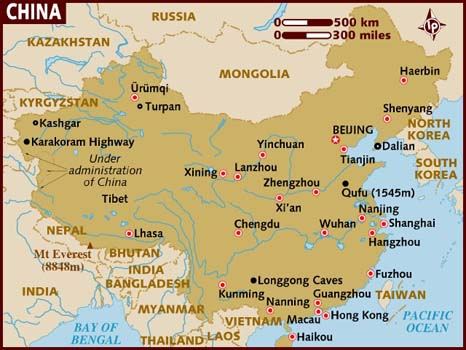
Nanjing:
Nanjing is the capital of Jiangsu province in China and has a prominent place in Chinese history and culture, as the capital of China on several occasions. Nanjing was one of the earliest established cities in what is now China. Nanjing is one of the four great ancient capitals of China and its present name means "Southern Capital". Nanjing has long been one of China's most important cities and has long been a national center of education, research, transport networks, and tourism. The city will host the 2014 Youth Summer Olympics. Nanjing is commonly viewed as a “city of culture” and one of the more pleasant cities to live in China.
Nanjing, with a total land area of 6,598 km2, is situated in one of the largest economic zones of China, the Yangtze River Delta. Surrounded by the Yangtze River and mountains, Nanjing also enjoys beautiful natural scenery. Natural lakes such as Xuanwu Lake and Mochou Lake are located in the center of the city and are easily accessible to the public, while hills like Purple Mountain are covered with evergreens and oaks and host various historical and cultural sites.

Nanjing, with a population of over 8 million residents, has an extensive and inexpensive public transportation system including metro, bus and taxi. There are several streets and districts with traditional restaurants as well as western restaurants, pubs, and night markets popular with both local and international residents of Nanjing.
There are a host of other things to see and do while in Nanjing, including the following. The Nanjing Library, founded in 1907, houses more than 7 million volumes of printed materials and is the third largest library in China, after the National Library in Beijing and Shanghai Library. Nanjing has some of the oldest and finest museums in China. Nanjing Museum is one of the first modern museums and remains as one of the leading museums in China which collected more than 420,000 sets of culture relics. Other museums include the China Modern History Museum in the Presidential Palace, the Nanjing Massacre Memorial Hall, and the City Museum of Nanjing. The images on the following pages illustrate the interesting mix of ancient and modern culture in Nanjing.

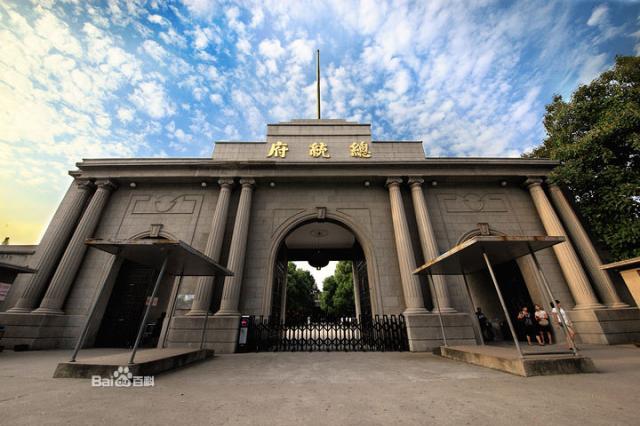
Nanjing Museum (second largest in China) Presidential Palace
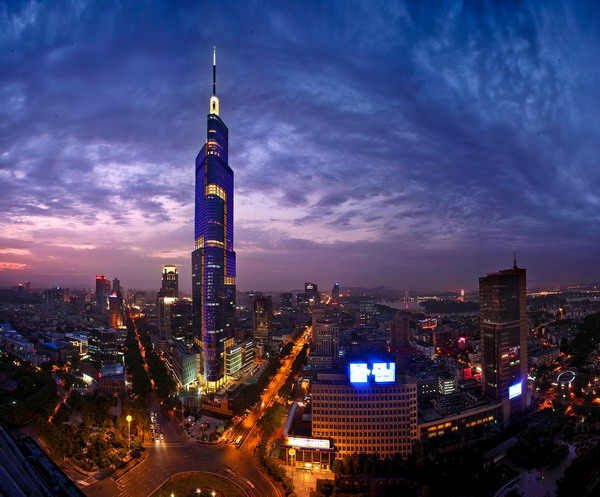

Zifeng Tower (Currently 7th tallest buildingin the world.) Zhonghua Gate (The city wall
was built in the 14th centuryand was the
longest in the world at that time.)
Useful links:http://www.china.org.cn/
http://english.ctrip.com/
http://www.chinatraveldepot.com/

Nanjing Metro station

Imperial tombs of the Ming Dynasties (UNESCO World Heritage Site)
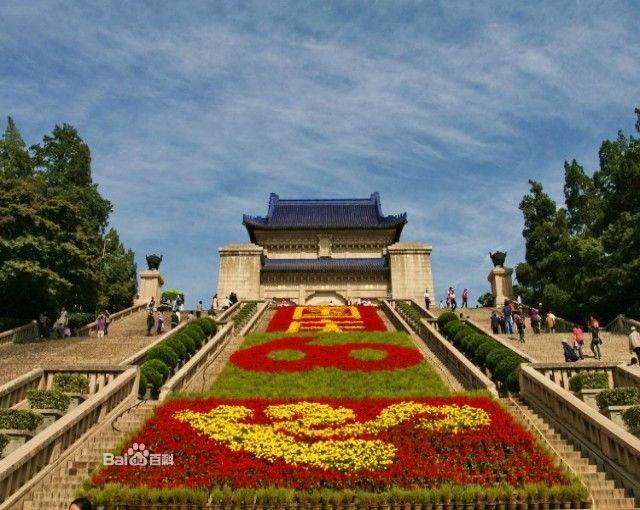
Dr. Sun Yat-sen's Mausoleum (Modern Chinese deomocratic revolution pioneer)
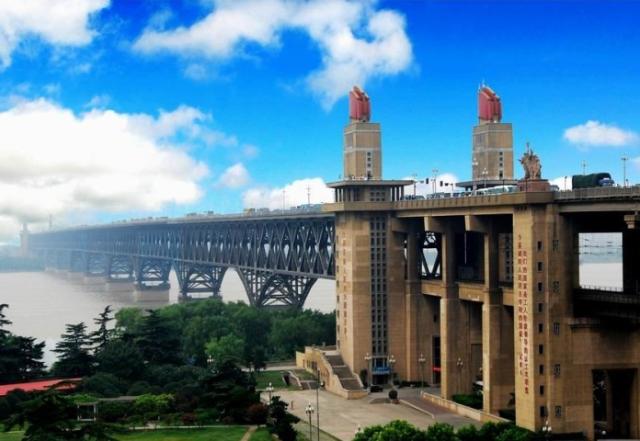
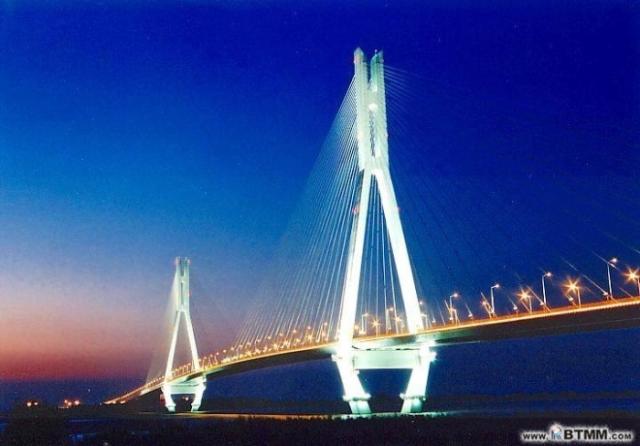
NanjingYangtzeriverbridge (1968) The 2nd NanjingYangtzeriverbridge (628m, 2001)
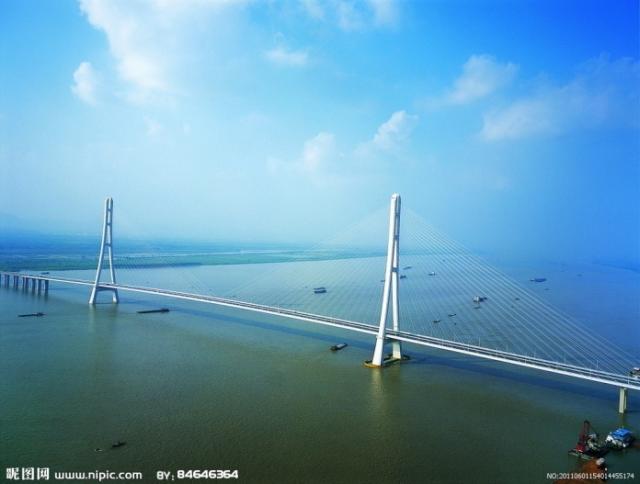
 The 3rdNanjingYangtzeriverbridge(648m, 2010) The 4thNanjingYangtzeriverbridge(1418m,2012)
The 3rdNanjingYangtzeriverbridge(648m, 2010) The 4thNanjingYangtzeriverbridge(1418m,2012)
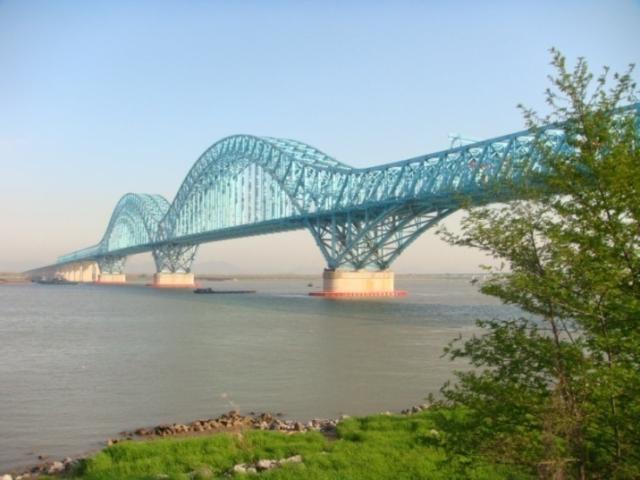
Nanjing Dashenguan Yangtzeriverbridge (2*336m, 2011)
One day tour suggestion
Morning:
Presidential Palace – a history of Nanjing city’s political history or Xuanwu Lake – the natural scenery and ancient historical wall of Ming Dynasty



Zifeng Tower Lookout Platform 72th Floor (2nd tallest building in Nanjing)

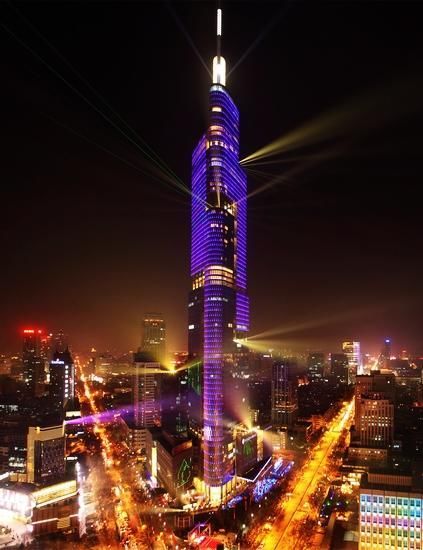

Afternoon:
Dr. Sun Yat-Sen’s Mausoleum, Imperial tombs of the Ming and Qing Dynasties (UNESCO World Heritage Site)
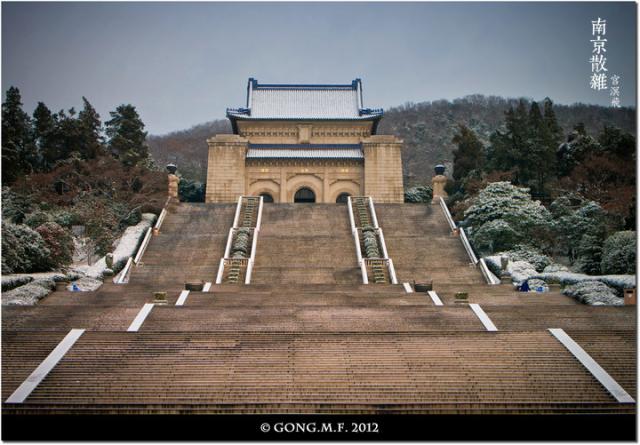

Evening:
Confucius Temple – traditional Nanjing snack food, boat tour of Qinhuai River
